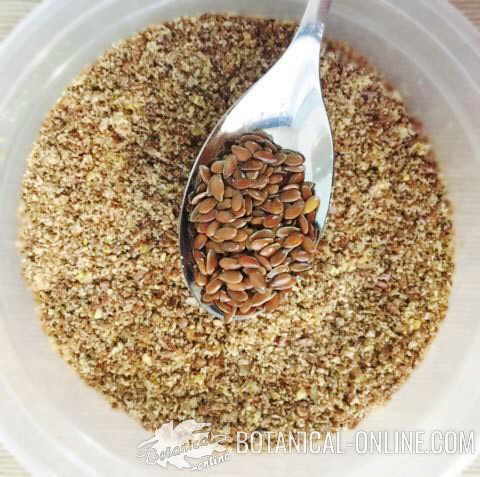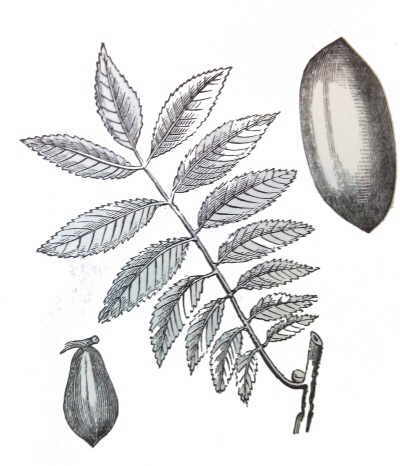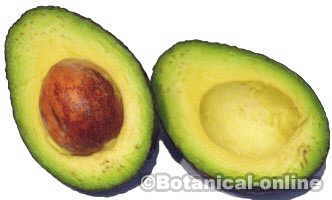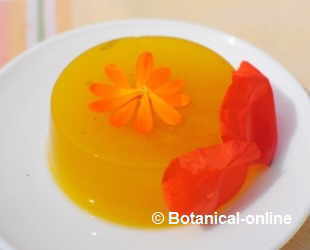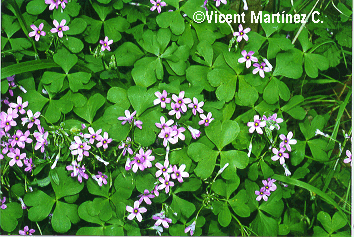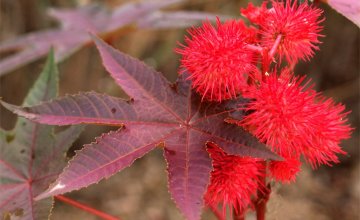Contents
- 1 Melilotus , natural anti-inflammatory, venous and lymphatic tonic
- 1.1 What is a Melilotus and what is it for?
- 1.2 Characteristics of Melilotus
- 1.3 Etymology of the word Melilotus
- 1.4 Botanical description of Melilotus
- 1.5 Melilotus harvesting
- 1.6 What are the active principles of the plant?
- 1.7 Medicinal components of melilot
- 1.8 Curative properties of melilot
- 1.9 Edible properties of Melilotus
Melilotus , natural anti-inflammatory, venous and lymphatic tonic
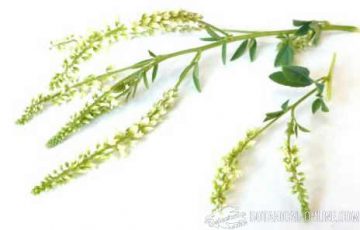
What is a Melilotus and what is it for?
Melilotus belong to the family of Fabaceae ( Papilionaceae) that includes a dozen of diverse genera living in the northern hemisphere. Of all the Melilotus species, the best known are two:
- Honey clover (Melilotus album L.) Also known as white melilot, Bokhara clover and sweet clover
- Yellow sweet flower (Melilotus officinalis Mill.), Also known as yellow melilot, ribbed melilot and common melilot
Characteristics of Melilotus
They are plants that invade the banks of roads and highways, debris, riverside forests and some cultivated or abandoned fields. They can reach a person’s height! They are considered honey plants and have a pleasant smell that reminds us of vanilla.
Etymology of the word Melilotus
Melilotus is a word that comes from the Greek meliloton or melilotos. It is formed by the root “meli” (honey) and lotuses, genus of legumes of yellow flower. In fact, the taste of the tender leaves of Melilotus, evoke a certain taste of old honey.
– Common English name: In Anglo-Saxon countries, Melilotus is commonly called “sweet clover or melilot”
– Common name in other languages of Yellow sweet flower:
- Spanish/Español: Meliloto, trébol dulce, trébol de olor amarillo, meliloto amarillo, meliloto oficinal, mielga, coronilla real,
- French/Français: Mélilot officinal, Mélilot jaune
- Catalan/Català: Melilot
- Basque/Euskara: Itsabalki arrunta
- Galego/Galician: meliloto, meliloto amarelo, chupamel, meliloto oficinal, trevo de cheiro, herba abelleira
- Portuguese/Português: meliloto,meliloto-amarelo, trevo-de-cheiro
- Italian/Italiano: Meliloto comune
- Romanian/Româna: Sulfină galbenă
- Magyar/Hungarian: Orvosi somkóró
- Dutch/Nederlands: Citroengele honingklaver
- German/Deutsch: Gelbe Steinklee
- Polish/Polski: Nostrzyk żółty[
- Danish/Dansk:
- Norwegian/Norsk bokmål: Legesteinkløver
- Finnish/Suomi: Rohtomesikkä
- Swedish/Svenska: Gul sötväppling
- Russian/Русский: Донник лекарственный
- Turkish / Türkçe: kokulu yonca
Botanical description of Melilotus
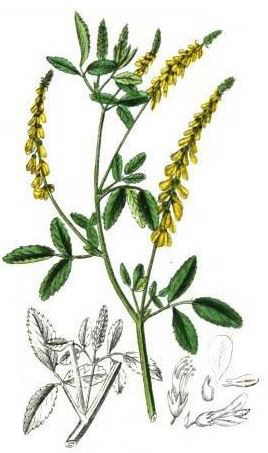
Annual or biennial, erect, fast growing herbaceous plant. It appears at the beginning of spring, producing soft buds, with trifoliate leaves, very similar to those of alfalfa but more rounded (it is easy to confuse both plants at that stage).
The stem is tall, with numerous ramifications, at the end of which the inflorescence appears, arranged in a spike or cluster shape. It blooms from late spring to late summer. The fruit is a miniature pod that is barely visible to the naked eye.
Melilotus harvesting
The flowering tops are gathered in summer and dried in a cool and dry place, taking care that they are very scattered, to avoid possible molds. After proper drying, we can store the flowering tops in glass jars for various domestic uses, since it is a plant with multiple properties.
Very important!!! It should be noted that it can only be used as a medicinal plant as long as it has had a good drying process, an essential condition, since before any fermentation process or in the presence of moisture and fungi, the plant becomes toxic.
* Related information: Melilotus cultivation
What are the active principles of the plant?
The substance responsible for its pharmacological action , as well as its aroma, is coumarin, a characteristic smell, which increases with drying and reminds us of vanilla. In some places in Europe, it is called “the vanilla of the poor.”
In standardized preparations, the Royal Spanish Pharmacopoeia (RFE) requires that the dry drug contain a minimum of 0.4% of coumarin heterosides (melilotoside).
Medicinal components of melilot
The medicinal part used is the flowering tops, fresh or dried, which contain:
- Coumarin (0.5-1%): Free coumarin and its precursors, in the form of coumarin heterosides, such as melilotoside (especially in the leaves, but also in the inflorescences), melilotine, scopoletin, umbelliferone.
- Flavonoids: (diuretic and sedative action): kaempferol, derivatives of kaempferol and quercetin.
- Sapogenins: Diosgenin, melilotigenin, soybeanspoenols B and E.
- Phenolic acids: melilotic, caffeic, gallic acid, etc.
- Vitamin C
- Nitrates (especially in the leaves)
Curative properties of melilot
Melilot is a medicinal plant used for vascular and lymphatic disorders. It is anti-inflammatory, antispasmodic, astringent, sedative and diuretic, but above all its anticoagulant and vasoprotective properties stand out.
Edible properties of Melilotus
It can be considered an edible wild plant, specially use because of its aromatic properties (See: Melilotus as food)
![]() More information on Melilotus
More information on Melilotus

